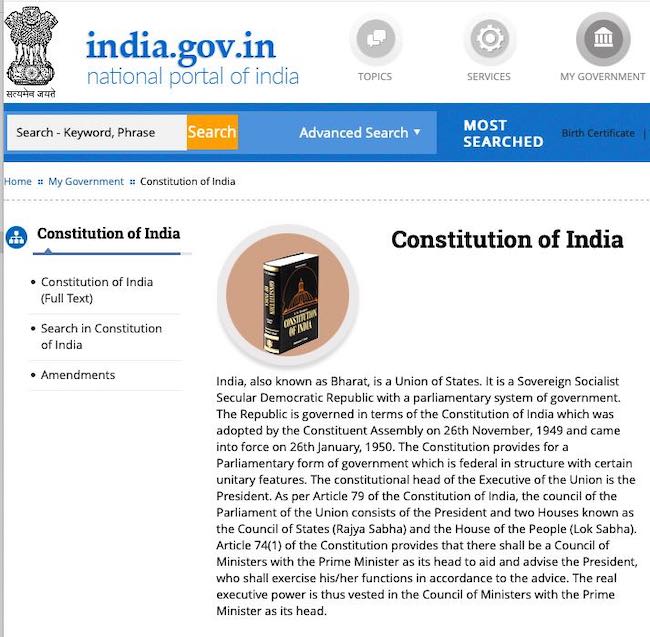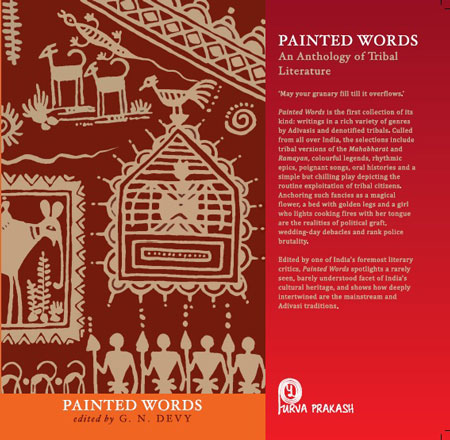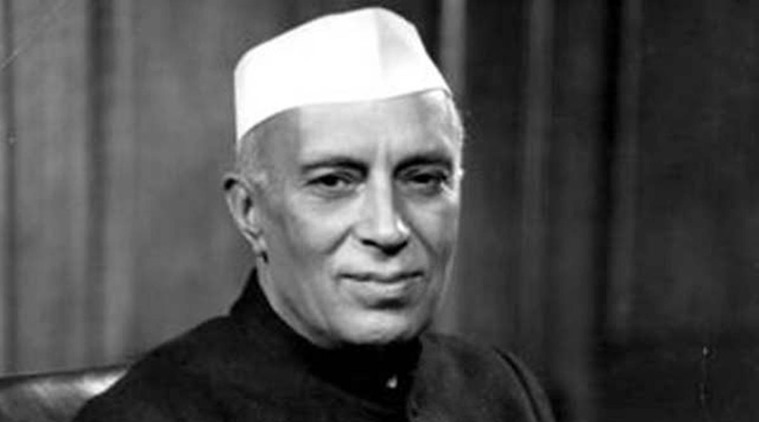India, a union of states, is a Sovereign, Secular, Democratic Republic with a Parliamentary system of Government | Learn more >>

To an administrator, the term ‘tribe’ means a group of citizens who are the special responsibility of the President of India | Learn more >>
The rights of adivasis in the Indian constitution are not an act of benevolence to “mainstream and uplift them” but a recognition that the “mainstream” of Indian society has many streams that flow into it, each of them equally valid. | To read the full essay by Nandini Sundar, click here >>
[…] At the primary level, mutual incomprehension between non-tribal teachers and tribal students hampers the basic education of children. […]
Judging by the continued over-representation of Hindu upper castes in gainful employment in this country, one might well say that the same has come to be fixed in a “highly unreasonable and arbitrary manner” and there is no rhyme or reason to the upper caste Hindu conviction that it is only they who have the natural right to rule over, provide justice to, or teach in this country, and that children of all other castes and religions must be grateful for the education and justice they get.
Nandini Sundar is a Delhi-based sociologist.
Source: “Why India Needs Scheduled Tribes to Educate its Future Judges”, TheWire.in, 28 April 2020
URL: https://thewire.in/rights/why-india-needs-scheduled-tribes-to-educate-future-judges
Date visited: 28 April 2020

Tribal Literature by G.N. Devy >>
Free eBooks & Magazine: Adivasi literature and languages >>
“India, a union of states, is a Sovereign, Secular, Democratic Republic with a Parliamentary system of Government. The President is the constitutional head of Executive of the Union. In the states, the Governor, as the representative of the President, is the head of Executive. The system of government in states closely resembles that of the Union. There are 28 states and 8 Union territories in the country. Union Territories are administered by the President through an Administrator appointed by him/her. From the largest to the smallest, each State/UT of India has a unique demography, history and culture, dress, festivals, language etc. This section introduces you to the various States/UTs in the Country and urges you to explore their magnificent uniqueness…” – KnowIndia (Government), States and Union Territories (Visited: 2 September 2023)
Learn more about India’s 28 States and 8 Union Territories – From Andhra Pradesh to West Bengal | Nutrition >>

Photo © Indian Express
See also
Adverse inclusion | Casteism | Rural poverty
Demographic Status of Scheduled Tribe Population of India (Census figures 2011)
Fact checking | Figures, census and other statistics
Human Rights Commission (posts) | www.nhrc.nic.in (Government of India)
Search tips | Names of tribal communities, regions and states of India
“What is the Forest Rights Act about?” – Campaign for Survival and Dignity
“Who are Scheduled Tribes?” – Government of India (National Commission for Scheduled Tribes, NCST)